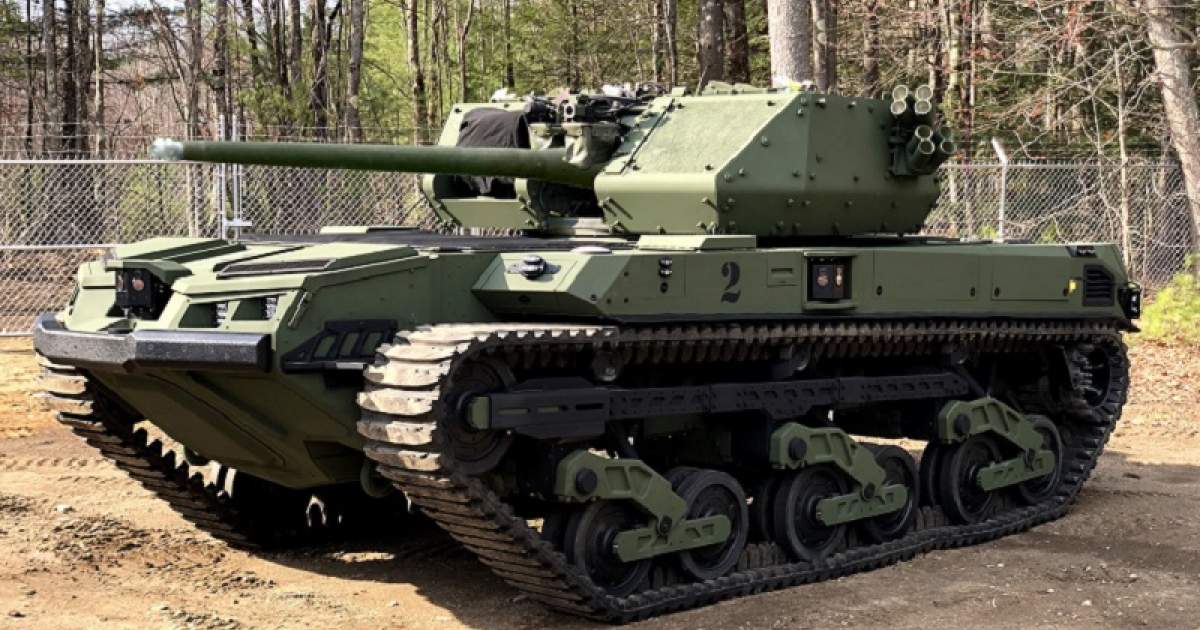The future 'tank' , apart from being something closer to the IAI Carmel Program (see my earlier comment on this on page 1 of this thread) will also utilise wingman style UGCVs such as the M5 Ripsaw:

 www.textronsystems.com
www.textronsystems.com


RIPSAW M5
Army's first Robotic Combat Vehicle (RCV) providing speed, mobility and unmanned capability.
